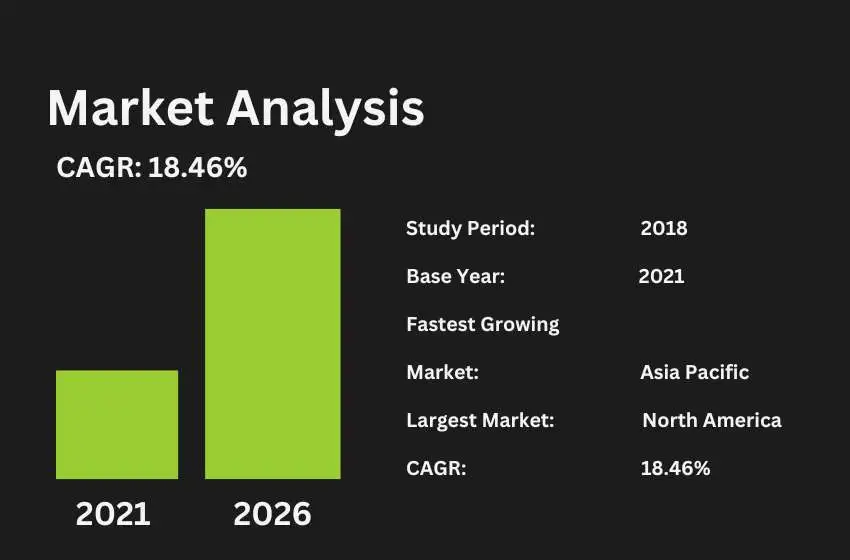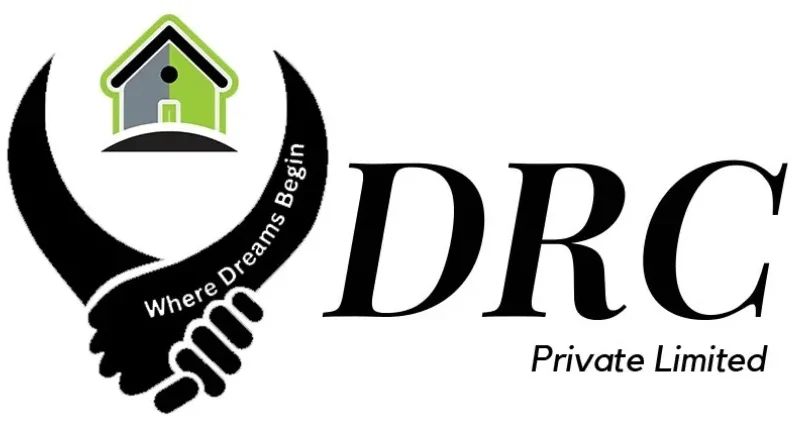
| Dimensions | |
| Square Yards | |
| Square Meters | |
| Marlas | |
| Acres |
Digital marketing
What we do?
Table of Contents

Digital Asset Management – First Time in Pakistan
For the first time in Pakistan, our Digital Asset Management (DAM) service provides a centralized, secure platform to organize, store, and manage your digital content images, videos, documents, and more.
Designed to optimize workflows and ensure brand consistency, our platform features intuitive metadata tagging, powerful search, real-time collaboration, version control, and robust security measures. It integrates seamlessly with your existing tools, enabling teams to work smarter, faster, and more efficiently. In today’s digital world, effective asset management isn’t a luxury it’s a necessity. Unlock the full potential of your content with our cutting-edge DAM solution.
What is Digital Asset Management?
Digital Asset Management (DAM) is a system for securely storing, organizing, managing, and sharing digital files such as images, videos, documents, and logos in one centralized platform.Unlike scattered storage across Google Drive, SharePoint, or local folders, a DAM acts as a single source of truth, giving teams easy, controlled access to the most up-to-date assets.
It’s like Dropbox—but built for businesses that manage thousands (or millions) of assets across teams, departments, or platforms. For example, a manufacturer can use DAM to manage and distribute product images and descriptions across multiple e-commerce sites efficiently. DAM helps streamline collaboration, ensure brand consistency, and boost productivity across your organization.
Digital Asset Management Solutions:
We offer comprehensive Digital Asset Management (DAM) Solutions designed to help businesses efficiently store, organize, retrieve, and share their digital content. Furthermore our DAM services provide a centralized platform for managing all your digital assetsincluding images, videos, documents, marketing materials, brand files, and more ensuring they are easily accessible, secure, and properly maintained throughout their lifecycle.
Key Features of Our DAM Solutions:
Centralized Storage: All your digital files in one secure, searchable repository.
- Access Control: Define user roles and permissions to control who can view, edit, or share specific assets.
- Metadata Tagging: Smart tagging and categorization for easy search and retrieval.
- Version Control: Keep track of asset versions and ensure you’re always using the latest file.
- Workflow Automation: Streamline approval processes and content publishing with automated workflows.
- Cloud-Based Access: Secure, remote access to your digital assets anytime, anywhere.
- Brand Consistency: Maintain consistency across campaigns and teams with approved, on-brand materials.
Types of Digital Asset Management:
Digital Asset Management (DAM) systems come in various forms, each designed to meet specific business needs. To better understand, here are the main types of DAM systems:
1. Brand Asset Management (BAM)
First and foremost, BAM focuses on managing brand-related assets such as logos, marketing materials, and brand guidelines. It ensures consistency across all customer touchpoints.
2. Library Asset Management
In addition, this type of DAM is used to store and organize finalized assets that don’t require frequent updates such as archived images, brochures, and videos for easy access and reuse.
3. Production Asset Management (PAM)
On the other hand, PAM is tailored for creative teams managing assets in the production phase. It supports collaboration on multimedia content like video editing, design files, and audio production.
4. Digital Supply Chain Management
Moreover, this type handles the distribution of assets across multiple channels and platforms, ensuring the right content reaches the right audience at the right time—often used by large retailers and manufacturers.
5. Cloud-Based DAM
Finally, cloud-based DAM solutions offer flexible, remote access to digital assets. As a result, teams can collaborate and manage content from anywhere, ideal for today’s hybrid work environments.
6 Advantages of Digital Asset Management
Your content is a valuable resource that plays a crucial role in shaping the customer journey. Specifically, top-notch digital asset management software can significantly enhance the buyer experience. Furthermore, by effectively handling and presenting engaging content like videos that catch the attention of your potential customers and encourage them to interact.
Visual information accounts for 90% of all data processed by the brain. Moreover, individuals can retain 95% of information from a video, compared to only about 10% from static text.
Dynamic, moving visuals are significant. Your digital assets hold importance. This underscores the necessity of managing these assets efficiently to ensure timely distribution when needed. Digital asset management software empowers you to organize and share content tailored to a customer’s journey and their specific stage. This level of customization is essential for a business’s credibility and its ability to establish and nurture relationships.
In today’s fast-paced digital world, organizing and optimizing your digital files through cloud-based DAM software is essential for staying competitive. It streamlines content delivery, supports omnichannel experiences, and ensures fast, secure access to assets—crucial for both internal teams and customer-facing platforms.
Studies show that one of the biggest challenges businesses face is achieving full digital transformation. DAM plays a key role in this journey by improving brand consistency, accelerating workflows, and unlocking new growth opportunities.
However, digital success also depends on strong security. As cyber threats rise, modern DAM systems come equipped with advanced security protocols. Choosing a secure platform is critical to protecting your brand and customer trust.
Before selecting a DAM solution, consider:
- Does the vendor have security certifications (e.g., ISO 27001, SOC, SOX)?
- Are software components regularly updated and patched?
- Where is the data stored, and what protections are in place?
- If using public cloud, is the environment properly secured?
A secure, efficient DAM system doesn’t just manage assets—it empowers your business to scale confidently and securely in the digital era.
To boost productivity across teams, it’s essential to streamline content—and that’s where Digital Asset Management (DAM) systems like Sitecore, Optimizely, or Adobe Creative Cloud come in. By integrating DAM, you ensure everyone works with the same, up-to-date files, making sharing effortless and consistent.
Moreover, equitable access reinforces team cohesion and efficiency. When team members can instantly access the right content, collaboration and coordination improve naturally, promoting brand consistency across all channels. In addition, DAM allows you to assign user permissions, ensuring only the right people access specific assets. For example, marketing materials can be restricted to the marketing team, preventing confusion or unauthorized edits.
Furthermore, this targeted access improves collaboration with stakeholders, supports a more efficient workflow, and eliminates the need for teams to create their own materials from scratch. In short, DAM empowers your teams with timely access to shared, controlled content—delivering clarity, control, and creative excellence.
4) Extends the lifespan of content:
Creating and sharing content is just the beginning why stop there? With Digital Asset Management (DAM), you can maximize the value of your content by repurposing it across multiple channels without duplicating effort.
Instead of constantly creating new assets: DAM allows you to easily reuse existing content, saving time and resources. Moreover, it supports automated distribution, ensuring your content reaches the right audience at the right time. As a result, DAM not only boosts efficiency but also enhances customer experience by keeping content fresh, relevant, and widely accessible.
In today’s digital landscape, staying compliant with digital rights management (DRM) regulations is essential. As awareness grows, the DRM market is expected to reach $24.63 billion by 2030. To support this, DAM tools like Digizcuite help companies manage and protect digital assets by controlling access, downloads, formatting, and visibility. For example, you can set asset expiry dates, restrict users, and apply watermarks to reduce unauthorized use and legal risk.
Moreover, DAM platforms enhance security by tagging assets with metadata and tracking usage, making it easier to identify and manage owned content. In addition, they maintain brand consistency by serving as a central repository, streamlining asset approval, and supporting localized content for regional markets.
Research shows that 81% of global brands focusing on localized marketing prioritize delivering consistent messaging. The primary aim is to offer a uniform brand experience to consumers worldwide. To achieve this goal:
- Start by defining the brand’s vision and considering local nuances.
- Utilize consistent digital assets across various regional markets and channels to convey the message effectively.
To ensure content is delivered in a preferred format to consumers, brands should tailor marketing campaigns and content to suit their preferences. Furthermore, this is where DAM (digital asset management) plays a crucial role. By utilizing a DAM system, brands can efficiently manage all digital content from a centralized platform, unlike the common practice of shared drives in enterprises today.
In addition this centralized approach enables seamless delivery of marketing content across various channels, ensuring consistent global messaging. In addition consistency in global messaging is vital for any brand, and a digital asset management DAM system can effectively facilitate this by ensuring marketing content is delivered in preferred formats and channels, offering a unified brand experience worldwide.
Why Choose Us?
We combine industry expertise, innovation, and client-focused solutions to help your business thrive in the digital age. Here’s why clients trust us:
- Proven Expertise: Our experienced team brings deep knowledge in digital asset management, intellectual property, and brand protection.
- Tailored Solutions: We don’t believe in one-size-fits-all. Every solution is customized to match your business goals and challenges.
- End-to-End Support: From consultation to implementation and beyond, we guide you every step of the way.
- Cutting-Edge Technology: We use the latest tools and platforms to ensure efficiency, security, and scalability.
- Client-Centric Approach: Your success is our priority. We’re responsive, reliable, and committed to delivering results.
Contact with us and turn your digital challenges into opportunities.


